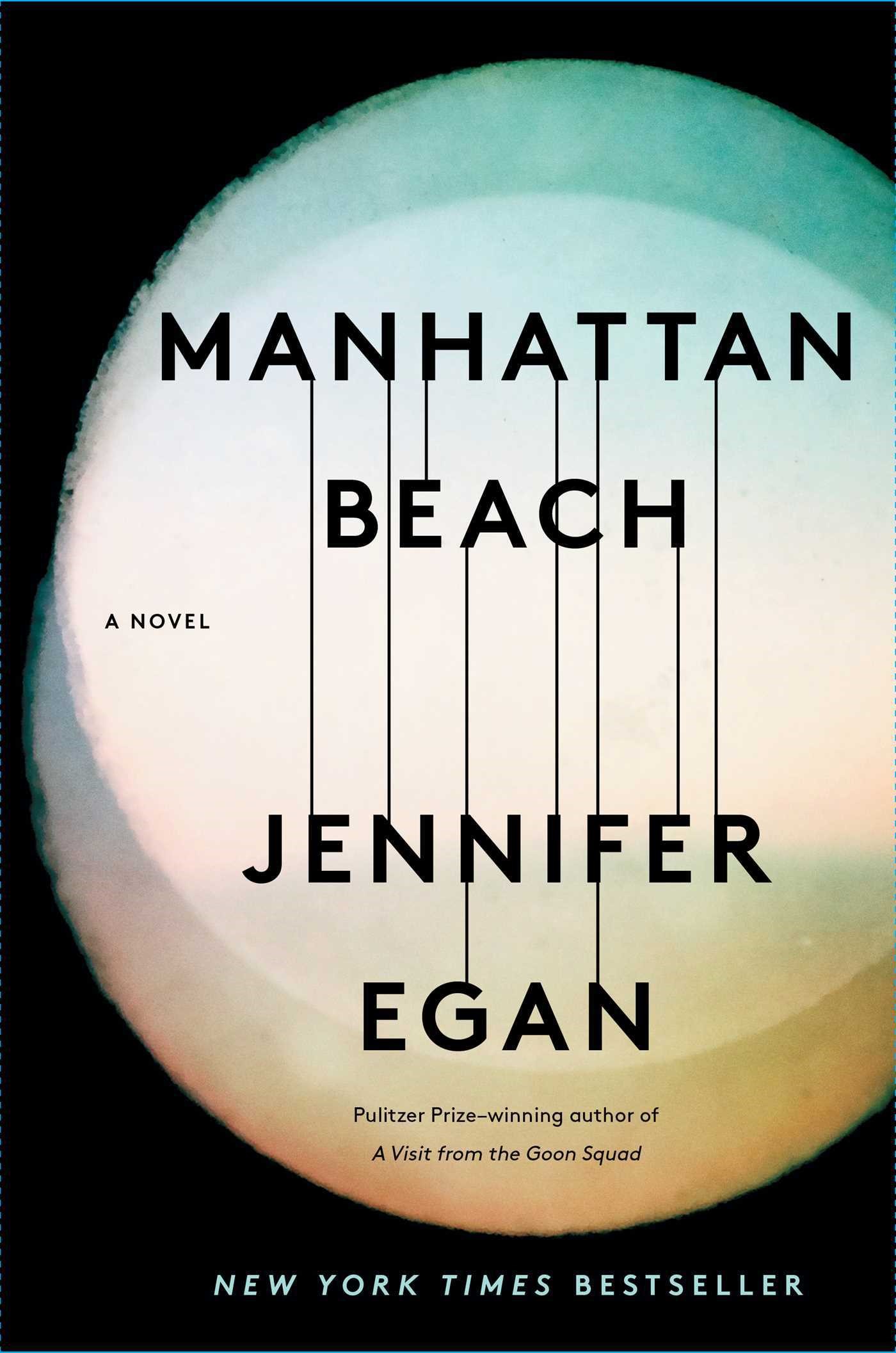Posted by Francesco Bruno, GD Fiction Co-Section Head for 6.2
 I invite you to refute the old adage “don’t judge a book by its cover,” and contemplate the paperback edition of Jennifer Egan’s A Visit from the Goon Squad, published in 2011 by Alfred A Knopf. The cover shows a colorful menagerie of bodies in manifold contortions and postures. The translucent figures overlap and blend with each other, but no single figure grabs a central focus. The book’s title is laid over this image (again, the font is translucent) and the cluster of bodies is put into focus by a background of stark white space. The cover suggests not cacophony but polyphony, its narratives not shouting over one another but offering a variety of perspectives and lenses through which readers can continuously re-interpret the cover.
I invite you to refute the old adage “don’t judge a book by its cover,” and contemplate the paperback edition of Jennifer Egan’s A Visit from the Goon Squad, published in 2011 by Alfred A Knopf. The cover shows a colorful menagerie of bodies in manifold contortions and postures. The translucent figures overlap and blend with each other, but no single figure grabs a central focus. The book’s title is laid over this image (again, the font is translucent) and the cluster of bodies is put into focus by a background of stark white space. The cover suggests not cacophony but polyphony, its narratives not shouting over one another but offering a variety of perspectives and lenses through which readers can continuously re-interpret the cover.
For those of you who have not read the Pulitzer Prize awarded book (you should), I’ll tell you that this cover is perfect for the novel. It reveals nothing of the plot but perfectly suggests the experimental styles that Egan employs to tell her story. A Visit from the Goon Squad incorporates multiple points of view, a revolving door of dynamic characters, and styles that vary from journalistic to power-point presentation.
Taking the same interpretive lens to the cover of Egan’s newest book, Manhattan Beach, (Simon & Schuster 2017), offers an equally suggestive nod to oncoming readers. What is most pronounced on this cover is not the image but book’s title. The image is blurred and its oval shape contains contours that suggest a vend-diagram like cross of two spotlights. In short, the cover is rather minimalist and subdued. When comparing it to the eclectic cover of her last book, this cover is successful in portraying Egan’s new novel: a work of historical fiction with a (mostly) linear narrative that focuses on the book’s hero, Anna Kerrigan.
The majority of Manhattan Beach takes place in Brooklyn’s Naval Yard during World War II; an environment where Anna and her female peers are finally allowed into the work force—for the time being. Anna is one of the best workers in a small shop located in the Naval Yard, but she quickly becomes bored with her tedious job of measuring and inspecting miniature parts for the battleship Missouri. In the evening she returns home to a small apartment that she shares with her mother and younger sister, Lydia. Anna and her mother take care of Lydia, a girl described as being incredibly beautiful but diseased and unable to walk or speak. Anna’s father, Eddie Kerrigan, appears in the novel’s first section and again much later, but for the majority of the book he has abandoned his family in Brooklyn; the mystery of his disappearance is one of Anna’s major driving forces.
I usually prefer an experimental novel, and thus treasure my copy of A Visit from the Goon Squad. While Manhattan Beach is more traditionally structured, Egan’s ability to create a character’s interior life makes the novel utterly compelling. Although Anna is the novel’s undeniable hero, Egan gives readers access into the lives of both Dexter Styles—a powerful gangster with insight into the disappearance of Anna’s father—and Eddie Kerrigan himself. Each character is superficially connected by an intimacy with the ocean, but it is their struggles with guilt, shame, and an existential incompleteness that gives the novel its power and reveals Egan as one of today’s best novelists.
